26.2 signs that you’re an obsessive runner
Are you a little running obsessed? Complete this little scorecard to assess your degree of running obsession. Give yourself 1 point for each sign which applies to you and total up your score to see where you are on the running obsession scale.
| Obsessive Running Sign | Yes = 1 point |
| 1. You have an emergency set of running clothes and shoes in the car “just in case.” | |
| 2. When you meet people for the first time, you can’t help but check to see if they’re wearing running shoes. | |
| 3. When you hear the term ‘bling,’ you think of medals. | |
| 4. You know the exact model number of your favourite running shoes and the different colours they come in. | |
| 5. You have a songlist specifically created for running. | |
| 6. You have more sports drinks than soft drinks in your home. | |
| 7. When you’re driving around and see runners, you envy them. | |
| 8. The last thing you do before you go bed is to lay out your clothes for your run the next morning. | |
| 9. You post your race times on facebook, twitter… | |
| 10. Your wardrobe over the last year has grown primarily via race shirts. | |
| 11. You plan your next trip by using online maps to find running routes instead of the major attractions. | |
| 12. You know the difference between a tank top and a singlet. | |
| 13. You know exactly how to run a 5K, 10K, half-marathon and 20 miler from your home. | |
| 14. You finish your morning run before everyone else in the household has woken up. | |
| 15. You know the mileage of your shoes better than the mileage of your vehicle. | |
| 16. You decide on a weekend trip based on whether or not it can accommodate your long run or it has a race scheduled that you can still register for. | |
| 17. When you tell your kids that you went out for a 10K morning run and they say “that’s it?” | |
| 18. You have enough medals to decorate an entire Christmas tree. | |
| 19. Your laundry load has doubled and consists mainly of sweat-laden running clothes. | |
| 20. When you stumble upon a new hill you mark it down for your next workout. | |
| 21. You’re starting to think about running races in costume. | |
| 22. You pack your running clothes and shoes in your luggage before anything else. | |
| 23. When you’ve left your house for three hours on the weekend and your family doesn’t call the police because they know you’re on your “long run.” | |
| 24. When you see someone running by you, you try to guess what their pace is. | |
| 25. You’re suspicious that tapering is a cruel joke. | |
| 26. You think that the best reward for completing your last race is to sign up for the next one. | |
| 26.2 You’re so running obsessed, you actually read every one of these points to see if you might get a perfect score. Bonus 0.2 for you! |
0.2 |
|
TOTAL |
If you scored…
1 – 5 pts: Newbie Runner
You are clearly not running enough – drop everything and get out for a run now!
6 – 10 pts: Infatuated Runner
Your runs are just starting to get a bit longer and you’re starting to see progress. Keep tracking yourself and you’ll want more and more…
11 – 15 pts: Tempo Runner
You’re starting to get in the groove and you know your pacing well enough that you’re starting to set specific race goals.
16 – 20 pts: Hardcore Runner
You’re on your third hydration belt, but you’re in great shape and you’re loving those long runs.
21 – 25 pts: Elite Runner
You have dozens of running shoes, two running magazine subscriptions and are already signed up for multiple races next year.
26.2 pts: Obsessive Runner
Congrats on making it to the top of the heap and for not making me the “only one” 🙂
Obsessively yours,
Andrew
Related blog articles by Andrew Chak:
- The Diagnosis: obsessive running disorder
- How I really want you to cheer for me on race day
- Race day shirt selection syndrome
Follow me: @andrewchak



 Title:
Title: 

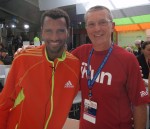



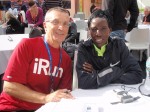

 Arrived in NYC for the press conference and Achilles International meetings. Rather than dwell on the cancellation, this blog deals with the more positive aspects with the Community of Runners.
Arrived in NYC for the press conference and Achilles International meetings. Rather than dwell on the cancellation, this blog deals with the more positive aspects with the Community of Runners. Here’s to you and running free!
Here’s to you and running free!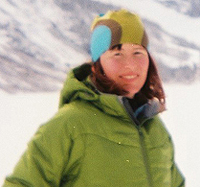 Born in Nova Scotia and emigrating to British Columbia via Ontario and Alberta, Magi has been running the entire way. Primarily defined as a cross country ski racer, Magi has competed nationally and internationally in that sport. The highlight of her career was competing in the World University Games and the World Cup races in Canada in 2007. Cross country skiers rely heavily on running for cross training and Magi has become an accomplished trail and mountain runner, representing Canada at the World Mountain Running Championships in 2005 and the winning numerous national championships medals.
Born in Nova Scotia and emigrating to British Columbia via Ontario and Alberta, Magi has been running the entire way. Primarily defined as a cross country ski racer, Magi has competed nationally and internationally in that sport. The highlight of her career was competing in the World University Games and the World Cup races in Canada in 2007. Cross country skiers rely heavily on running for cross training and Magi has become an accomplished trail and mountain runner, representing Canada at the World Mountain Running Championships in 2005 and the winning numerous national championships medals. 
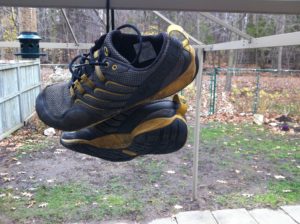

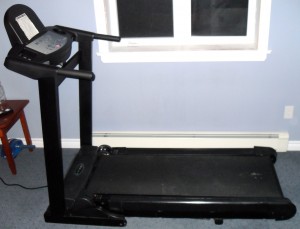
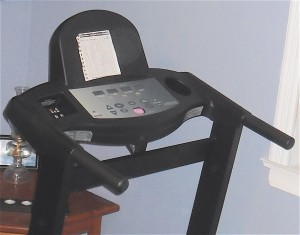
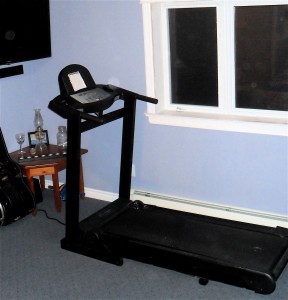

 Our Magazine
Our Magazine
